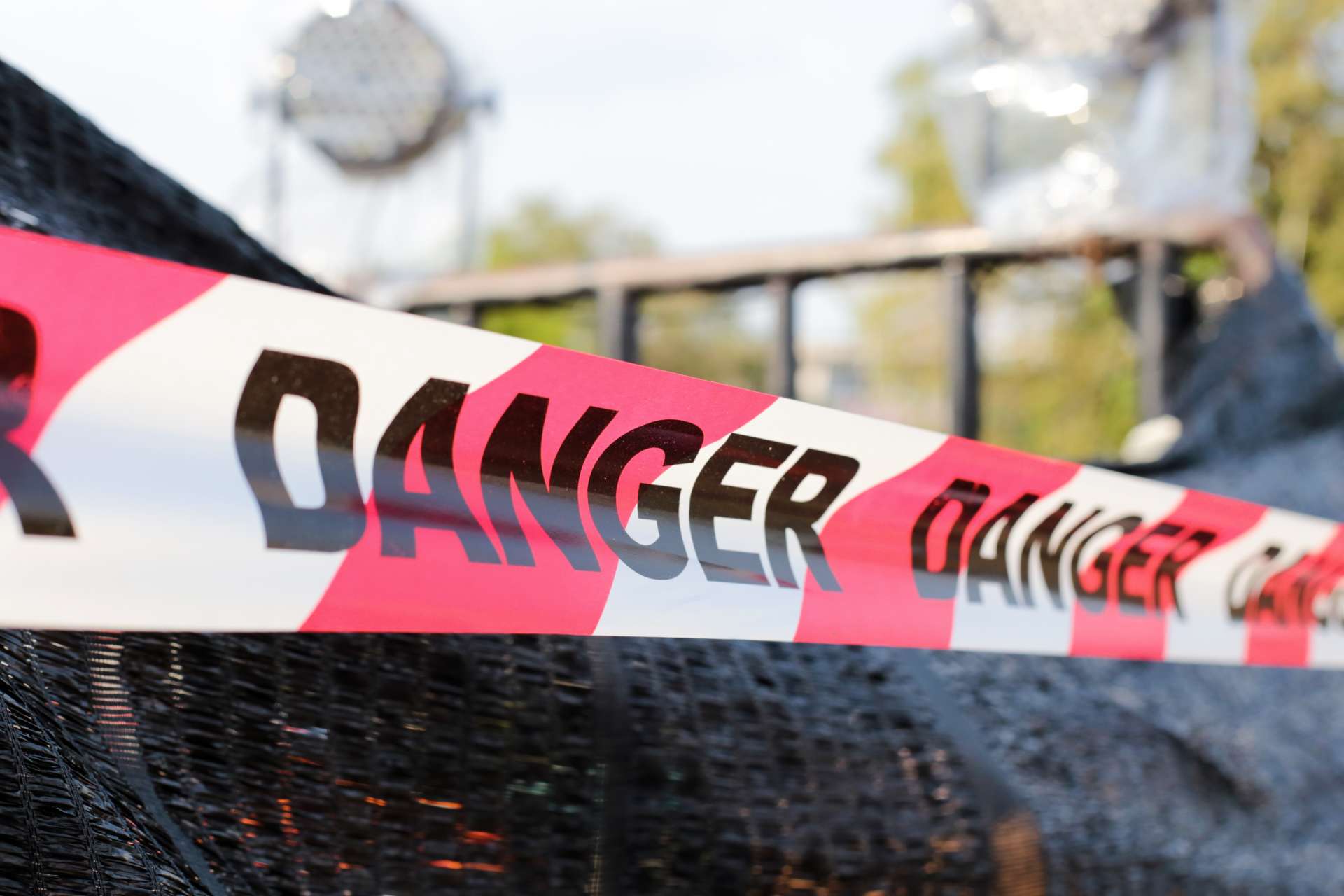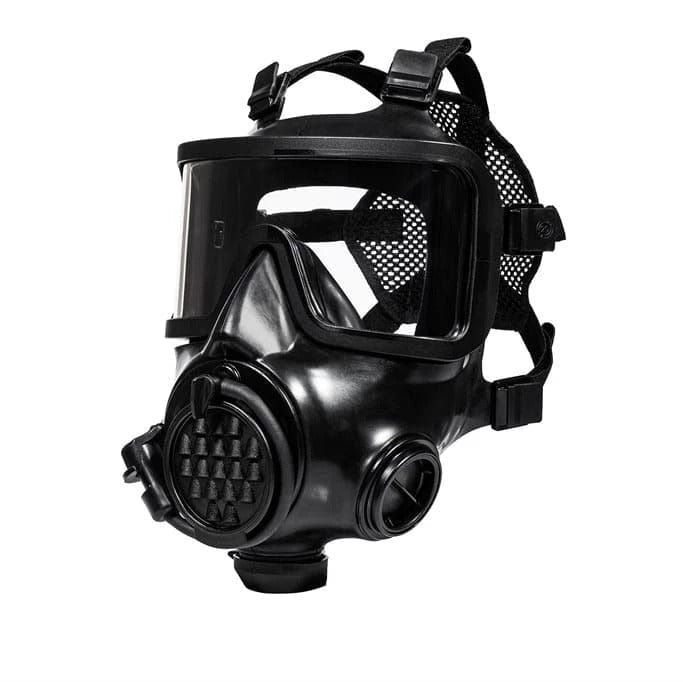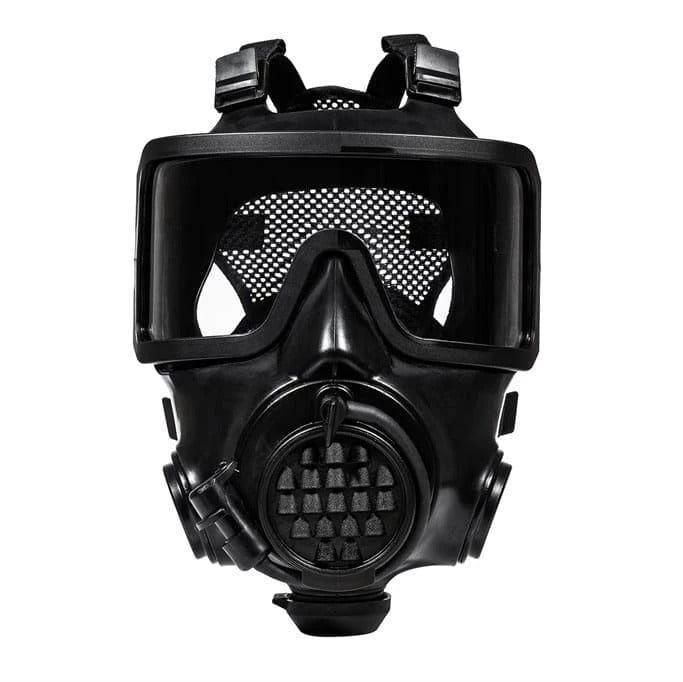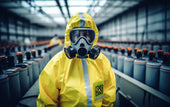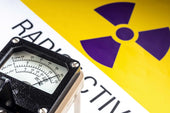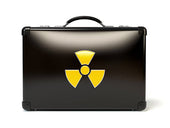Emergency Plan for Life Safety
The best time to prepare for an emergency is long before it happens. Suppose a tropical storm or other extreme weather conditions hit. In that case, you cannot make an evacuation plan on the spot, as you'll be too busy focusing on immediate hazards. Furthermore, if your building has a blackout, it's most likely past the point where it is possible to look for generators.
That said, a proactive emergency planning strategy helps you guarantee the ideal results for your people and business while allowing you to think comprehensively and simultaneously about the circumstance, which represents many factors. This approach reduces to an all-encompassing and holistic emergency response plan for every danger you may face along the way.
While we can't be guaranteed to anticipate when critical events will occur, emergencies are a reality in everyone's life —so you should be prepared. This article will discuss the emergency response plan, what it is, and how to do it.
Emergency Response Plan: What is it?
 An emergency response plan is a record that outlines the steps your organization will take during a critical emergency (e.g., fire, active shooter threat, earthquake, etc.) to guarantee employees' safety and limit the effect on critical operations.
An emergency response plan is a record that outlines the steps your organization will take during a critical emergency (e.g., fire, active shooter threat, earthquake, etc.) to guarantee employees' safety and limit the effect on critical operations.
Like other emergency management planning documents, emergency response plans are intended to assist organizations in tending to various emergencies, such as hurricanes, storms, wildfires, winter weather, chemical spills, disease outbreaks, and other hazards.
Ultimately, the objective is to lessen or forestall human injury and property harm during these emergencies. The planning phase includes reporting the measures your association will take in each step to guarantee a timely response customized to each situation.
Furthermore, these plans additionally include specific roles and responsibilities by determining which staff members should lead the "response team" and which members are considered first responders.
So, what should you include in your emergency response plan? The best emergency response plans include a list of people to contact (and their contact number), evacuation routes courses, the proper behavior during an emergency, the mitigation strategy to employ to decrease risk among people and facilities, as well as detailed communication procedures to utilize during and after a particular emergency happens.
All things considered, plans can vary depending on the setting and conditions encompassing the emergency. It's essential to make an arrangement that records life-saving activities, for example:
-
Designating evacuation centers in case of emergency (like fire)
-
Shelter-in-place orders in case of extremely bad weather conditions (like tornadoes)
-
Complete lockdown in case of invasion (like an active shooter incident)
Emergency Response Planning Process: How to Do It?
Every organization has a unique and specific way of dealing with emergencies. Extra measures employed and practiced in one organization do not necessarily work in the other.
So, the question is, what steps should be taken to ensure a good, reliable, and efficient emergency response plan?
Step One: Conduct a "Threat" Assessment
First, you should conduct a comprehensive threat assessment to develop an emergency response plan. This assessment will distinguish the events that may affect your organization and analyze their probability and potential impact.
As such, there are threats with specific aspects of concern in location, sector, and company, where the mitigation techniques will depend upon the situation.
The following are disastrous events that ought to be planned and well-prepared for:
-
Natural disasters — Hurricanes, tornadoes, earthquakes, wildfires, etc.
-
Severe weather — Winter storms, high winds, extreme heat waves, floods, etc.
-
Pandemics and infectious diseases — COVID-19, influenza, etc.
-
Facility emergencies — Structure fires, hazardous leaks or spills, etc.
-
Acts of workplace violence — Active shooters, bomb threats, terrorist attacks, etc.
-
Civil disturbances — Protests, demonstrations, riots, strikes, etc.
Moreover, when you talk about an emergency or crisis, it does not always have to be life-threatening. Sometimes, an emergency occurs because a planned response for the business's success and the team's safety may be deemed necessary.
-
IT-RELATED INCIDENTS — Unplanned outages, planned downtime or maintenance, system testing, cyberattacks or security breaches, help desk escalations, etc.
-
Operational events include logistics coordination, power outages, equipment malfunctions, office closures, travel advisories, safety alerts, shift and overtime scheduling, and more.
-
Corporate/crisis communication events — Product recalls, negative publicity, layoffs, major company news, etc.
Step Two: Document Contact Information
In a crisis that could physically harm the workers, the first call you should make is to your local emergency responders.
In addition to 9-1-1, you should readily have the numbers for emergency medical services (EMS), the fire department, healthcare providers/insurance agents, and the local law enforcement/police department. You should also prepare emergency contact information for each worker in case they go unaccounted for or are harmed during an emergency.
Step Three: Designate Roles and Responsibilities
At the point when an emergency happens, workers will look to (and, most of the time, rely upon) their leaders for consolation and guidance. This is why leaders should initiate the emergency response plan, answer important questions, and order evacuation steps when deemed crucial at some point.
It is also part of the leader's responsibility to assign roles and responsibilities to other team members. In selecting these roles, the "response" team picked should be present-minded, reliable, and responsive in the face of an emergency where immense pressure is felt at the scene.
Here are the main roles to consider as part of your emergency response plan:
Incident commander
The person must assume general responsibility and liability regarding a crisis, including arranging and planning. This person is also accountable for activating the emergency response plan and giving the"go" signal to all choices made before, during, and after an emergency.
Communication commander
He or she should utilize the mass alert system to advise employees, call emergency services, and accumulate reports. If your organization utilizes an emergency communication system, ensure this individual is a system admin.
Scene supervisor
He or she controls admittance (or access) to the emergency scene and keeps individuals far from hazardous areas.
Building utilities manager(s)
He or she should be familiar with the areas and elements of controls for building utility and life safety and protection systems. These systems include ventilation, electrical shutoffs, water and sanitary systems, emergency power supplies, and alarm systems.
Course guide(s)
If the situation calls for an evacuation, he or she should assume a significant part in guaranteeing that routes are clear and evacuation is orderly and calm. This person must likewise assist with clearing evacuation routes and help those with mobility issues.
Step Four: Inspect the resources available
In this step, you ought to check out current stocks inside your organization. Ask yourself a question: have you examined those dusty office fire quenchers, alarm systems, or first aid kits recently? Do you think the stock would suffice in case of an emergency?
Listed below are basic parts of any emergency response plan, so inspect them consistently:
Fire extinguishers and alarms
In a fire emergency, the National Fire Protection Association recommends topping off reusable fire extinguishers every ten (10) years and replacing disposable ones every twelve (12) years. Occasionally, remind your employees where the fire extinguishers are in the workplace so they will know where to get them in case of a fire outbreak.
Fire alarms should likewise be regularly maintained and tested for optimal functionality. Fire drills should be periodically conducted to familiarize the whole group with evacuation.
Alarm Systems
Fire alarm systems should be inspected annually. OSHA suggests testing non-supervised employee alarm systems once every two (2) months. This inspection covers many subtleties, contingent upon the kind of alarm system. It is similar to reviewing the control panel(s), testing all related gadgets like smoke alarms and heat detectors, operating warning systems, and testing batteries and power.
First aid kit
OSHA has required that "employers provide medical and first aid supplies commensurate with workplace hazards." Since numerous things in a first aid kit have expiration dates—typically ranging only three (3) to five (5) years after manufacture—and can become harmed by frequent use, moisture, and exposure to the air, it is vital to routinely check your first aid kit and supplant any supplies on a case by case basis.
As a proactive approach, restock after use and review medical aid supplies regularly (or every three months). You should also provide the necessary first aid training so your team can use these supplies and help other members or you in emergencies.
Step Five: Determine your response plan steps
After this, you can decide what steps to follow in an emergency. Modify every emergency response so the procedures are explicit and clear.
Likewise, contemplate your disaster recovery efforts or what you do once the emergency is successfully handled. By developing a good recovery strategy, your business can move forward and return to normal operations as soon as possible.
For instance, if hazardous materials spill, your emergency response plan will include how to keep people safe and contain the spill.
Furthermore, the recovery part of your plan will make sense regarding how to clean up the spill and restore that building area to safe working conditions.
For instance, this is the way you could approach making arrangements for an evacuation response:
Emergency Fire Evacuation Plan: A Sample
A good fire evacuation plan for your business should include primary and secondary escape routes. Clear signs should also mark all the exit routes and fire escapes.
In addition to that, the exit routes should be free from furniture or enormous objects that may cause blockage or, worse, stampede during the crisis. If the office is large, multiple maps of floor plans and diagrams should be made available so employees will be familiar with the evacuation routes. If possible, developing a separate evacuation plan for handicapped people or anyone with disabilities is also a good mitigation strategy to employ.
As soon as the employees leave the building, there should be a gathering point of assembly. The response team should help facilitate the situation by collecting a head count and giving updates to reduce panic among the crowd.
Lastly, the escape routes and assembly area should be expansive enough to accommodate the number of employees who will be evacuating.
Step Six: Decide how to communicate with your employees
For the last step, one thing that should always be available in the emergency response plan is how you will communicate.
While developing your emergency communication plan, consider how to notify team members of a critical occasion, how the data will be delivered and received, and how efficiently your emergency communication system will reach each employee in danger. During critical events, phone calls and emails are no longer enough.
Conversely, manual phone trees are prone to misinformation and long delays, and an email-ready system alone is insufficient for crisis correspondence.
Thus, research suggests that 65% of employees open internal emails. However, for laborers continually immersed in messages, internal emails don't convey the urgency required for time-sensitive messages.
Moreover, hourly and frontline workers (i.e., retail associates and distribution center laborers, etc.) often do not have a company email address or access it from their phones outside of business hours.
Moreover, your employees may not receive the message if the phone lines are down or email is hard to access, which can often occur in crises.
Furthermore, if the company's tech department is affected by an IT virus, relying on email as the primary mode of communication would be ineffective and potentially counterproductive.
Therefore, it is crucial to integrate emergency response strategies into your emergency response plan so that you can quickly send messages about any incidents with the simple push of a button.
Emergency Planning, Emergency Services, & Emergency Preparedness
 To conclude, the emergency services and planning process should be properly planned to decrease the loss of resources, time, and life.
To conclude, the emergency services and planning process should be properly planned to decrease the loss of resources, time, and life.
As such, the actions taken in the first minutes of an emergency are critical as they may make or break an emergency plan. This entails promptly warning employees to evacuate, shelter, or lockdown to save lives and minimize casualties.
Furthermore, a call for help to public emergency services will give full and accurate information, which can help the dispatcher send the right responders and equipment. As mentioned above, there should also be designated emergency response personnel and a set of emergency responders to oversee the whole activation of the emergency plan, such as administering first aid or performing CPR on the scene.
When a crisis occurs, the primary goal is always, first and foremost, life safety. Perhaps the second priority is stabilizing the incident. Many actions can be taken to balance an incident and limit potential damage to a certain extent.
Moreover, first aid and CPR by trained workers can save lives. Likewise, using fire extinguishers via trained workers can extinguish the onset of fire. In another instance, control of a small chemical spill and supervision of building utilities and systems can limit harm to the building and assist with forestalling ecological harm.
In any case, each office should develop and implement an emergency plan to ensure the safety, welfare, and overall well-being of its employees, visitors, contractors, and everyone else.
This part of the emergency plan is called "protective actions for life safety." It includes building evacuation ("fire drills"), sheltering from severe weather such as tornadoes, and "shelter-in-place" from an exterior airborne hazard such as a chemical release and lockdown.

